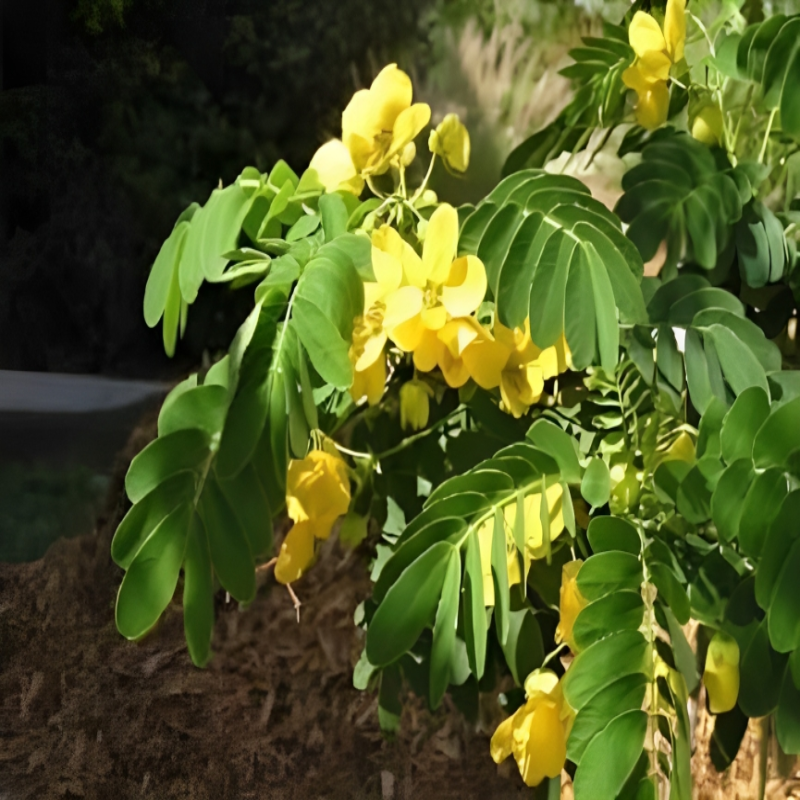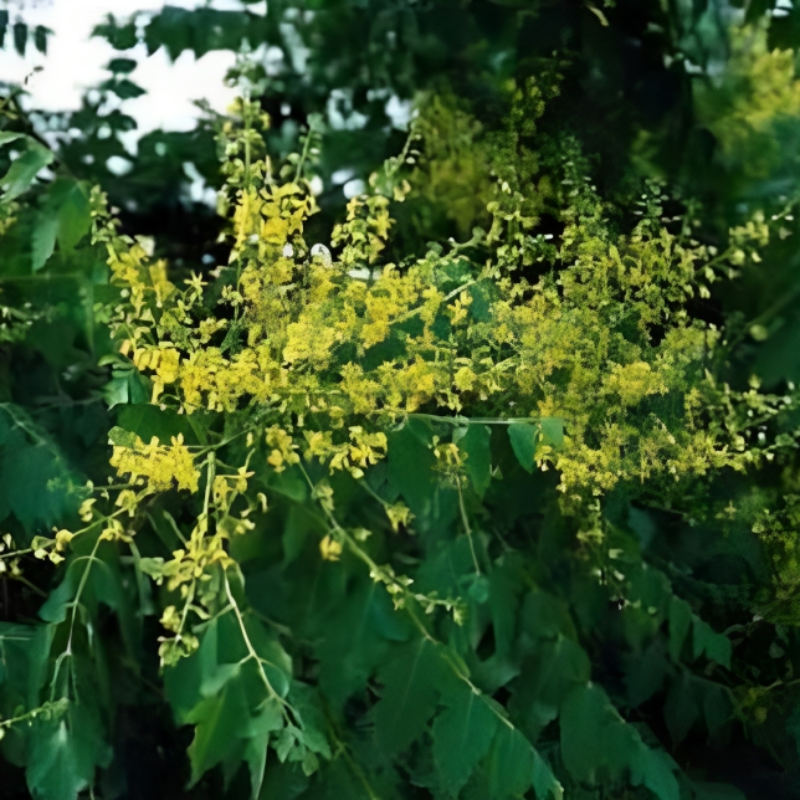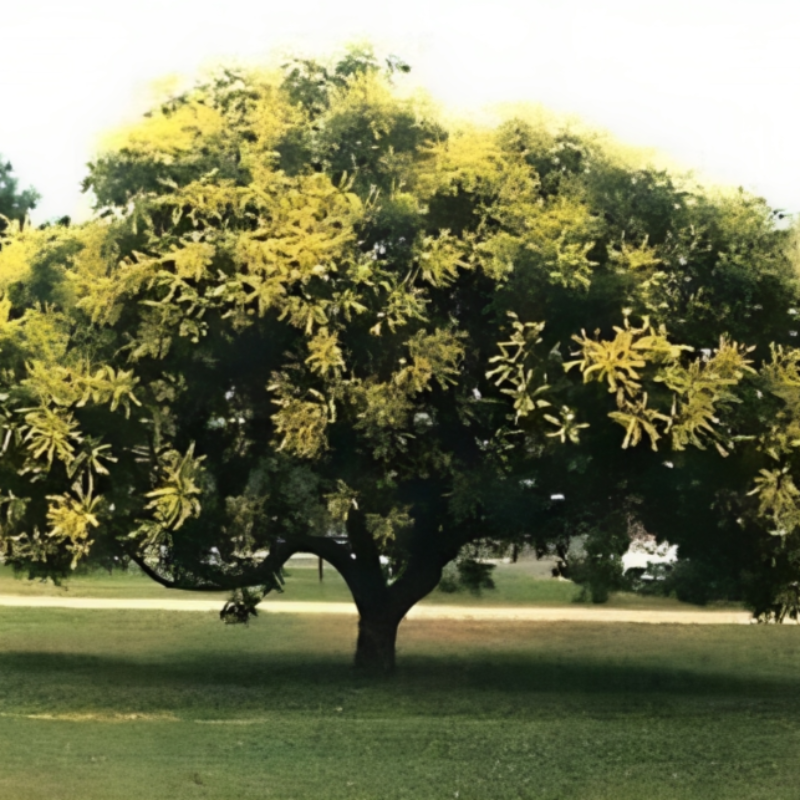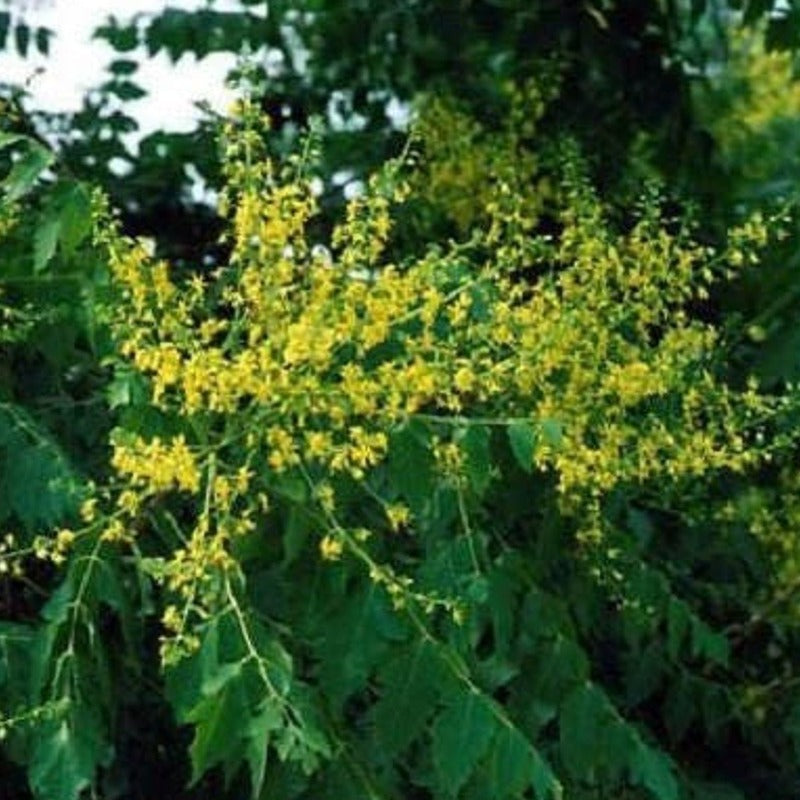- Historical context: The Shining Rain Tree, scientifically known as Koelreuteria elegans, is native to East Asia, particularly Taiwan and other parts of China. It was introduced to other parts of the world as an ornamental tree due to its beautiful foliage and flowers.
- Geographical origination: Taiwan and China
- Relevant cultural significance: In its native regions, the Shining Rain Tree is often used in traditional festivals and ceremonies due to its vibrant colors and attractive appearance.
- Time period of discovery: Exact time period of discovery is not documented, but it has been known and used in East Asia for centuries.
- Original habitat: The Shining Rain Tree is native to the subtropical regions of East Asia, where it thrives in well-drained soils and full sun.
- Notable historical uses: Historically, the tree has been used for ornamental purposes, and its wood has been used in the construction of small items like tools and furniture.
- Ideal temperature range: The Shining Rain Tree prefers a subtropical climate and can tolerate temperatures as low as -6°C (20°F).
- Soil type: It grows best in well-drained, loamy or sandy soil. It can tolerate poor soil conditions, including compacted soil and urban pollution.
- Sunlight requirements: The tree requires full sun for optimal growth.
- Watering needs: It has moderate watering needs and is drought-tolerant once established.
- Planting season: The best time to plant Shining Rain Tree seeds is in the spring.
- Germination time: The seeds typically germinate in 1-3 months.
- Growth cycle duration: The tree reaches maturity in about 10-15 years.
- Common pests and diseases: Common pests include aphids and scale insects. It is also susceptible to root rot if overwatered.
- Companion planting advice: The Shining Rain Tree can be planted alongside other drought-tolerant plants that enjoy full sun.
- Common challenges and solutions: One common challenge is the tree's invasiveness. It can spread rapidly if not properly managed. Regular pruning and removal of seed pods can help control its spread.
- Nutritional values: The seeds of the Shining Rain Tree are not typically consumed, so nutritional information is not available.
- Health benefits: There are no known health benefits associated with the Shining Rain Tree seeds.
- Culinary uses: The seeds are not used in cooking.
- Medicinal uses: While the tree's leaves and bark have been used in traditional medicine in some cultures, there are no known medicinal uses for the seeds.
- Other unique advantages: The primary advantage of the Shining Rain Tree is its ornamental value. Its vibrant yellow flowers, red fruit, and shiny leaves make it a popular choice for landscaping.










